Cardas Golden Reference XLR Interlink and Speaker Cable
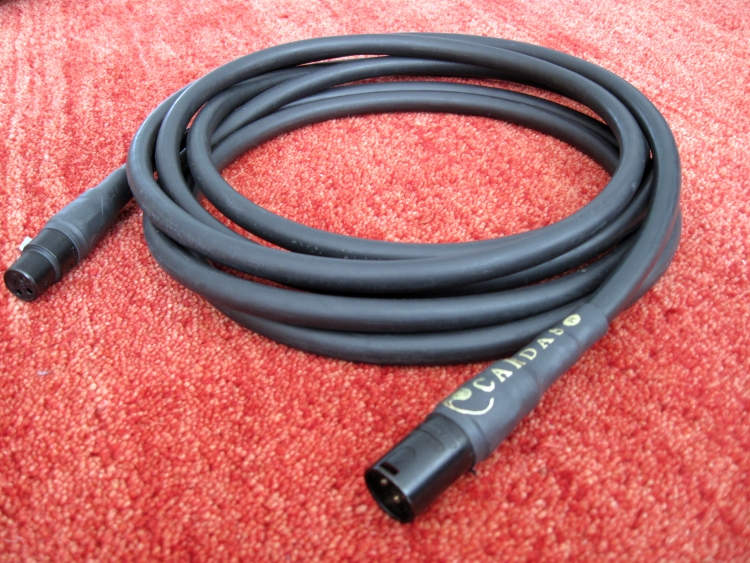
George Cardas doesn’t issue new cable models on marketing grounds only. And why would he?
The Golden Reference series have been amongst audiophiles’ preferred cables from the start and are still going strong. Tested here are the XLR interlinks and single ended speaker cables.
XLR interlinks 50 cm version versus 4-meter version – in short
Faster and more nimble than Golden Cross this cable is neutral and detailed but still very musical. This cable is absolutely not dry or otherwise clinical. Nor is it over-creamy or slow but the transients are ever so slightly rounded off compared to older Cardas cables such as the Hexlink Golden 5C. It is a cable that will suit a wide range of systems but I wouldn’t use it in overly warm/lush systems. From memory, the 50cm pair I had years ago sounded faster and more precise. Whether this is really the case or not I cannot confirm. What I can say is that the Golden Reference now sounds much fuller, warmer and smoother than my resident Transparent Ultra and Reference cables. With the latter already being too smooth for some, I’d say that the Golden Ref is almost as smooth as the Golden Cross, and should be placed in the very warm sounding cables category rather than the suggested “reference” neutral camp.
Long story
Throughout my audio career, I have had many Cardas cables in my setup. Quadlink, Hexlink, Golden Cross and Golden reference. There were speaker cables, power cables and interlinks. But never have I had both the interlink and speaker cable at the same time. Strictly speaking, now I still don’t have them, they are borrowed from a friend.
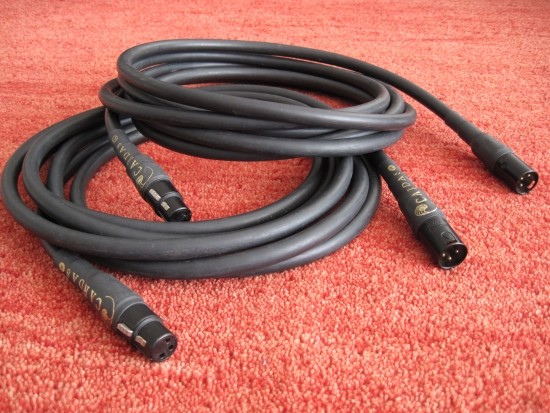
Starting with the interlink, I think you probably noticed that this isn’t a 50cm pair… no, it is actually 4 meters. And although length does matter in cables, it shouldn’t completely change the Cardas’ character. Or would it? As I said, I have had Cardas Golden Reference cables before. I had a 50cm XLR interlink for example. I found it to be neutral but still sweet, with a fluid treble and bass less tight than that of, for example, a Nordost or Kimber. Still, I agreed with the “reference” status, the cable being pretty honest. But this was in a different setup, many years ago. Still, when listening to the 4-meter pair, I hear different things. For starters, the cable is much, much, much warmer, thicker in the bass, and smoother than my Transparent Ultra. Mind you, the Ultra is already too smooth for many people, but the Cardas trumps it. By doing so it also loses a little focus, speed and fine detailing. But it also makes it very forgiving of bad recordings. It is very much, much like the Golden Cross, a musical cable. In fact, I feel that the two aren’t that much apart soundwise.
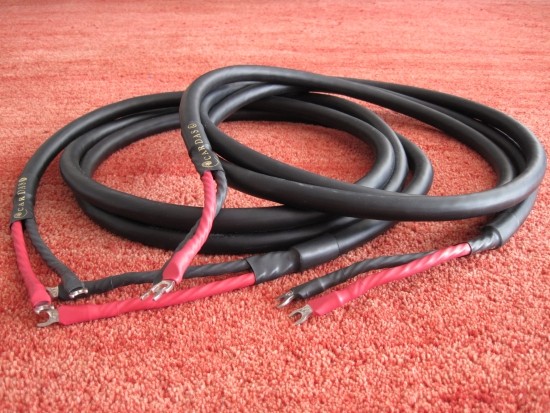
Continuing with the speaker cables, the family character is again present, although less so. The speaker cable is also a little thick in the bass and favors a smooth presentation over-analytical precision but is altogether more neutral than the interlink. Still, here again, it is much smoother than my Transparent Reference XL speaker cable. This is even more surprising than in the case of the interlink comparison because while the Ultra series is still rather lean and quick (for a Transparent) but the Reference series is much fuller and smoother. That the Cardas is even smoother makes me place it in the ultra-smooth category. Just like with the interlink (but less so), the Cardas seems to obscure some fine detail, especially in the articulation of the bass but also in the mids, where it is less focused and portrays a less pronounced layering of soundstage. Also, the Cardas projects less into the room, it is less enveloping. But, like the interlink, it is also much more forgiving than my Transparents. You will not be punished for playing less than perfect cd’s and that’s worth a lot!
I tried the cables together and in combination with Transparent. I Used my resident Magnepan MG3.6 Ribbons, B&W 800D’s and Synthese Floating 2’s. The sound was very consistent and always recognizable. The Cardas cables made my Maggies less critical of dryness but also obscured too much detail in the bass and reduced apparent speed. With the Maggies, the speaker cable fared better than the interlinks in these aspects.
With the 800D’s the Cardas cables were no good match at all. Even though I find the 800D to be an overly analytical speaker, and the Cardas cables smooth them down nicely, I also found that the speakers were declassified across the entire frequency range except for the treble, which is normally a little hard, and now got more subtle and fluid. But the 800D started to sound tubby and closed-in. I think that they would have been happier with the older Hexlink.
It was with the Syntheses that the cables were the best match. This speaker is already very relaxed and smooth. It doesn’t pretend to be a detail digger and the Cardas cables really play to their strengths, while subtracting nothing. This was just a very good match.
Needless to say, the owner’s Audio Physic Caldera speakers benefit greatly from the Cardas cables. These speakers, like the 800D’s, are forward and tend to be overly analytical. In the case of the 800D’s it was too much, but in the case of the Audio Physic’s it is a perfect match, with the cables mellowing the speakers while avoiding the loss of fine detail. In his setup we have also heard Transparent cables and while they provide more detail and air, they also make his setup too critical of recording quality.
Conclusion
Contrary to what is being said elsewhere on the internet, and contrary to how the cables have been placed commercially, I feel that Golden Reference and Golden Cross are not all that different in sound. The Golden Cross is a little fuller, heavier and even smoother but the basic characteristics between the models, I think, are very similar. They are never going to be hyper-detailed, ultra-precise cables for measuring devices. Instead, they are the music lover’s cables. They simply play music in all its glory and warmth. But they are not universally applicable: they have to match your setup. Then again, the same goes for Transparent. And probably almost any other cable out there.
Update January 2014
After having compared the same set of Golden Reference speaker cables once again to my own Transparent Reference XL speaker cables, now with Apogee Diva magnetostatic speakers, I have to adjust my conclusion somewhat. I still agree with what I wrote earlier, which is that the Golden Cross sounds musical and smooth, but when comparing the cables using the Apogee Divas, I no longer hear any benefit in the Cardas cables. They sound softer, less detailed, less airy and the soundstage is narrower and less well-layered. Most importantly, the Golden Reference sounds restrained dynamically and this is something that the Transparent Reference also does to an extent, but much less so than the Cardas. Perhaps the Divas are more or less demanding, or more revealing. I don’t know. As before it is a matter of balance and very much of personal taste. But I can safely say that Golden Reference is not a good cable between Jeff Rowland model sixes and Apogee Divas.
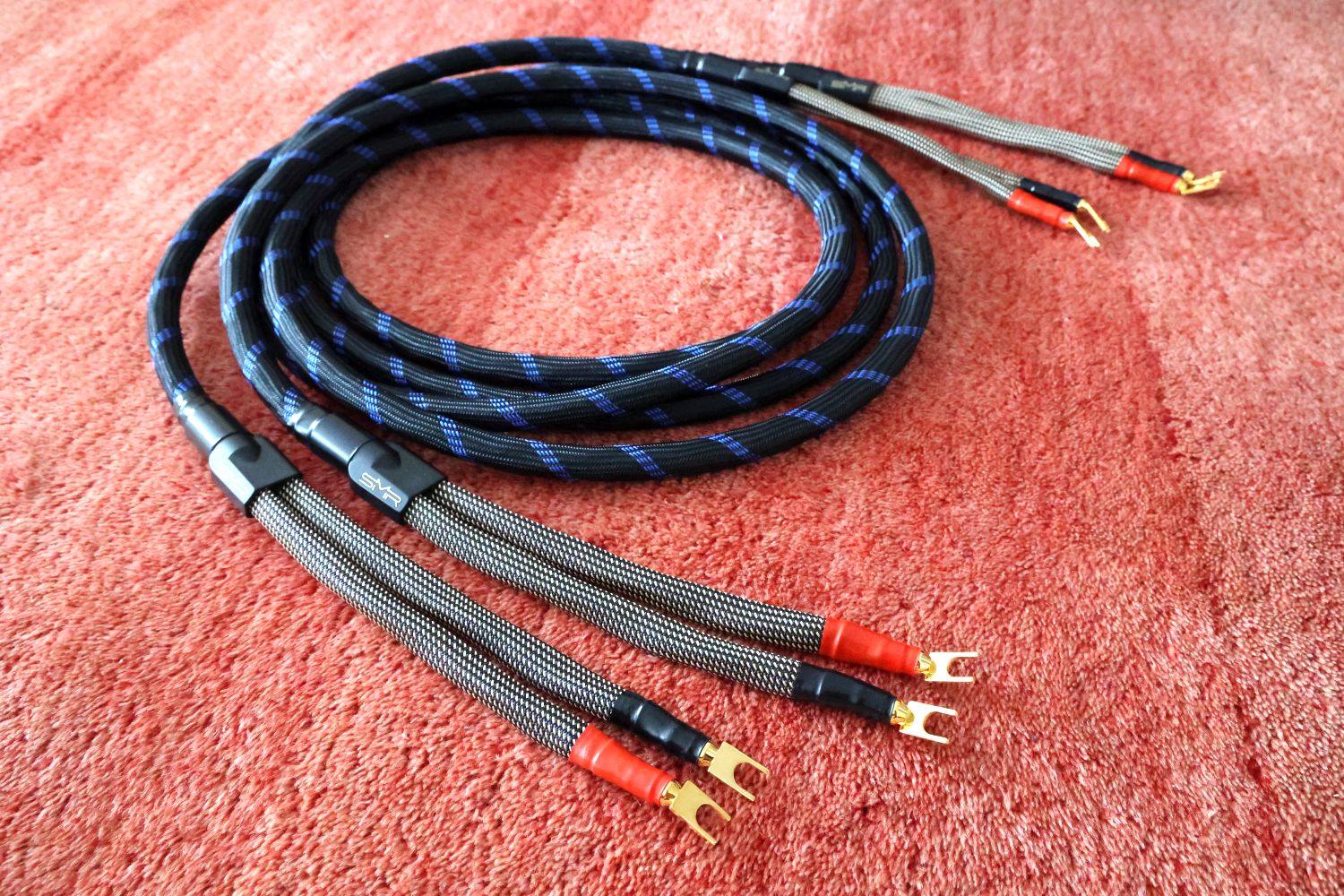
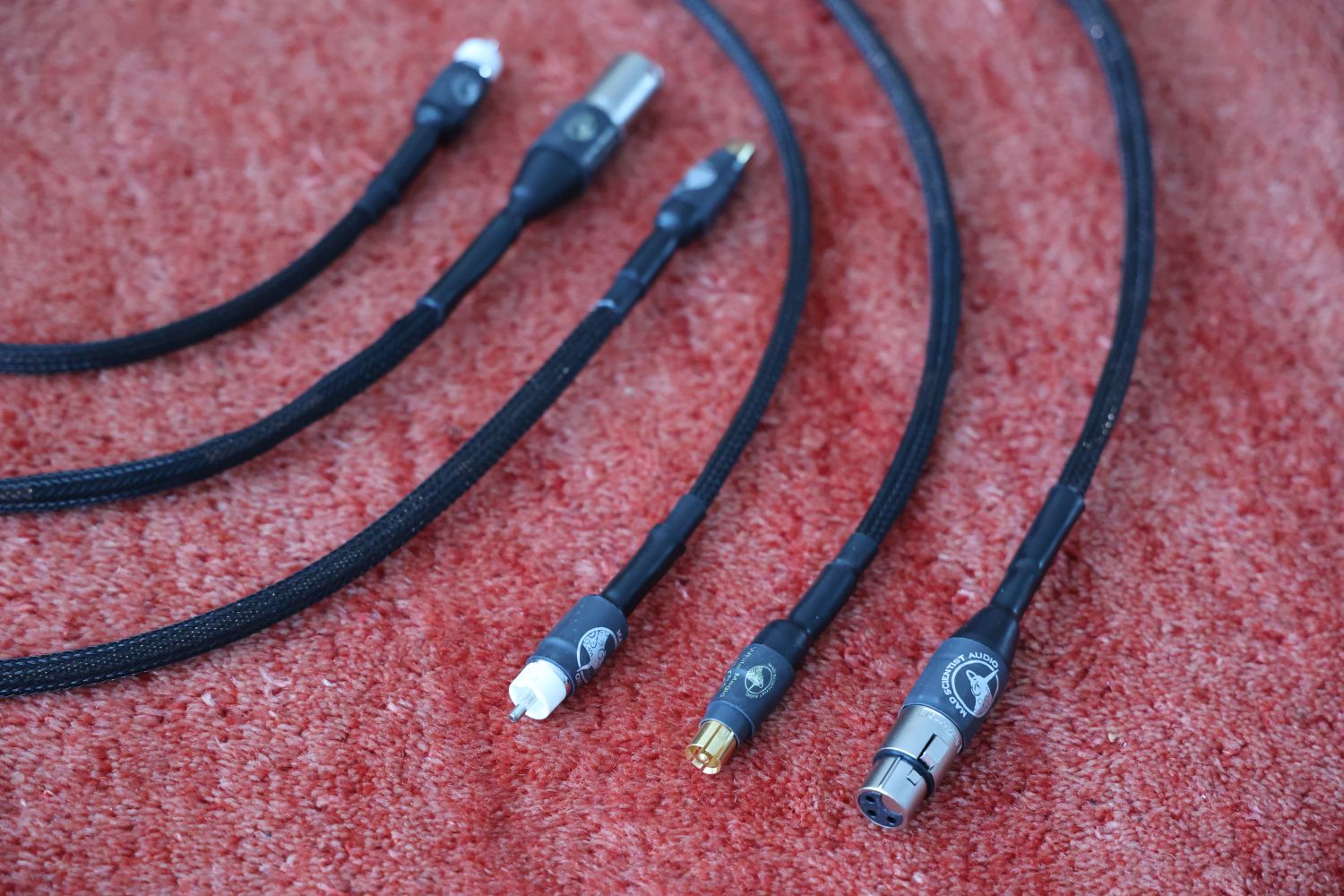
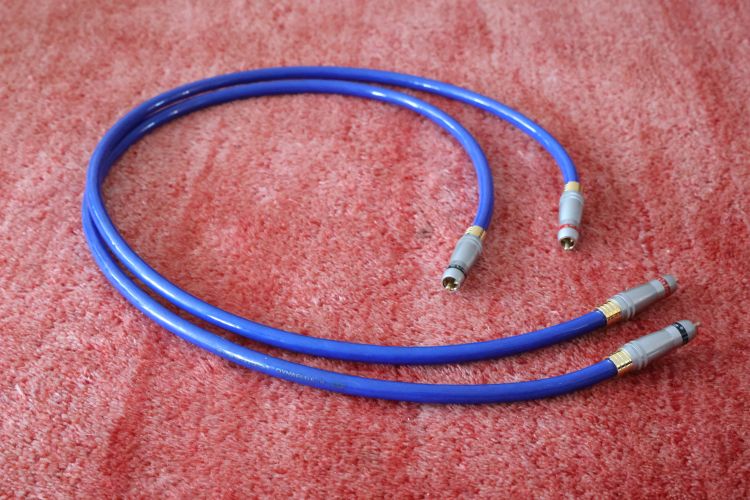

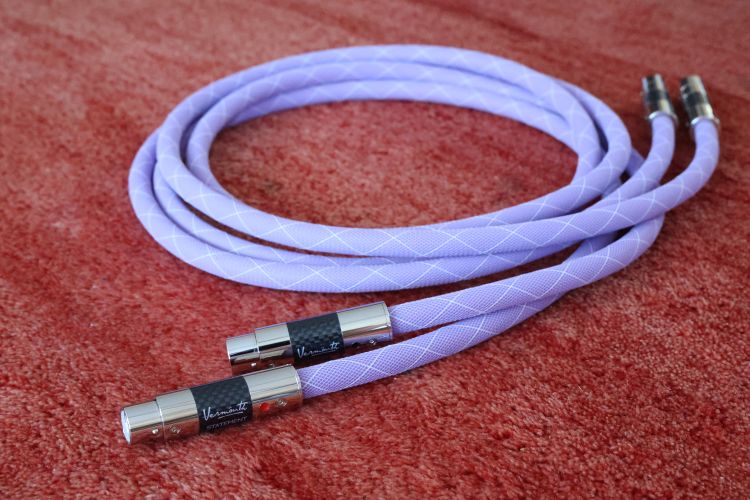
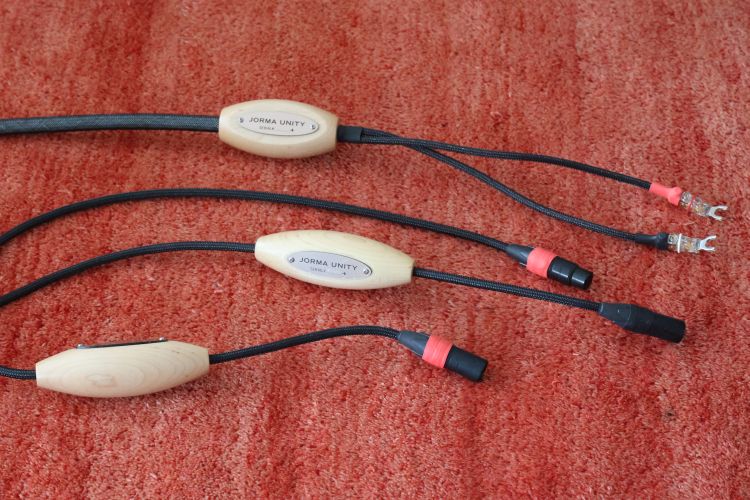
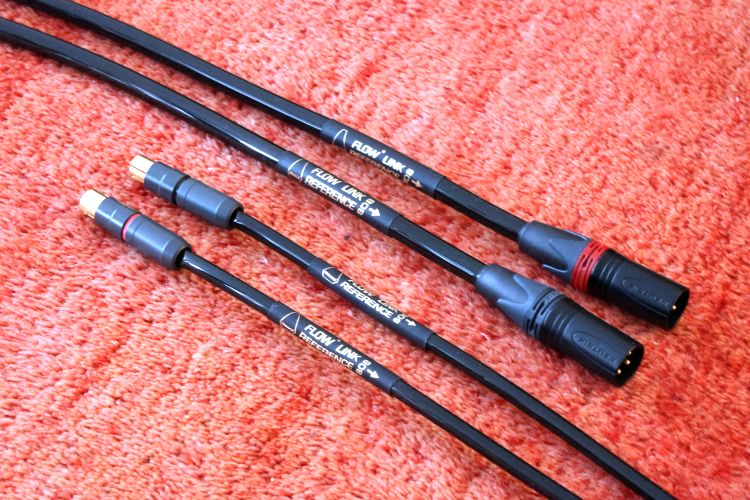
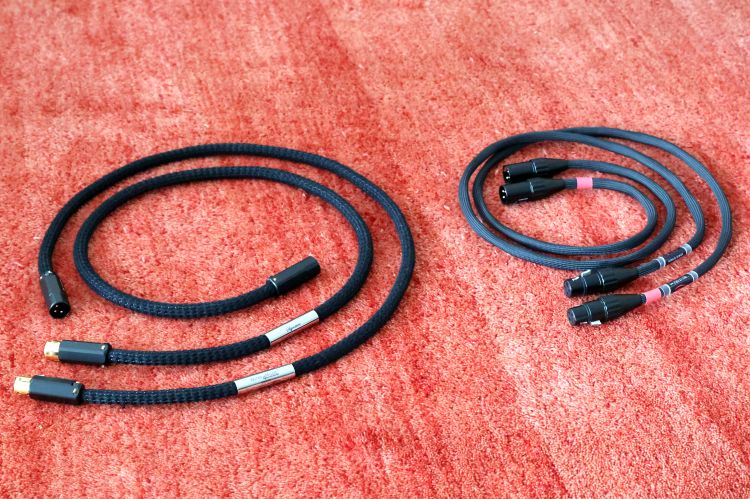
Interesting insights. I
tested both Golden Cross and Golden Reference XLR between BAT VK-3ix preamp and Jeff Rowland 102. It was like day and night. Golden Cross much too warm, woolly bass..Golden Reference almost dry, air, details..So it was an easy test. I sold the Golden Cross to guy in Australia who wanted to tame the highs of his Class D amp, for some ridiculous price, because i thought i will not be able to get rid of it, being an older cable.
The cable into the BAT Preamp from the CDP (NOS Mullard in gain stage,, class A output) was Cardas Clear though, and this was the best setup there. It all depends on the components incl. speakers.
I wonder if the Cardas Golden Reference could be good as interconnects to a NuPrime AMG PRA/STA combination?
That depends on what you are after. In my view, Cardas Golden Ref is very smooth and round and a little restrained, and since the AMG pair is not lacking in that area, you will get a smoother sound still. I would personally veer toward more solid and expressive-sounding interlinks with this pre-power combo.